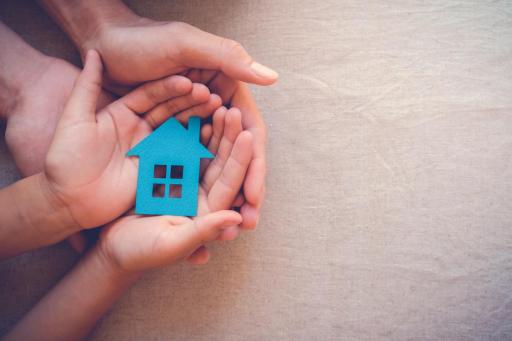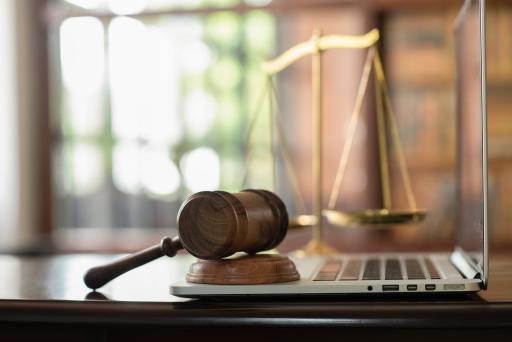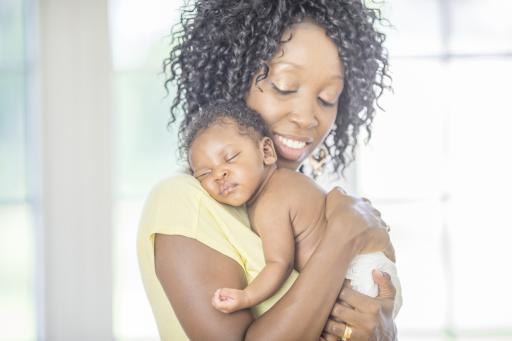Latest NewsMore News
Ohio Philanthropy News - January 2, 2026
The Youngstown Foundation awarded more than $1.8M in grants to 27 local nonprofits in the Mahoning Valley.
Ohio Philanthropy News - November 7, 2025
The Community Foundation of the Mahoning Valley awarded $640K through its third-quarter grant cycle to fund 53 nonprofits.



